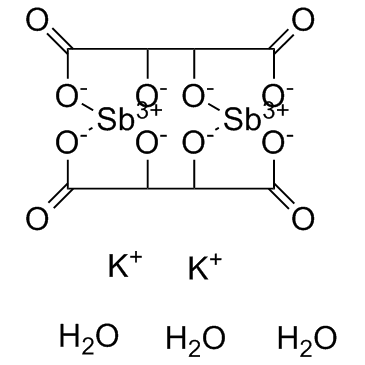Monitoring of intracellular nitric oxide in leishmaniasis: its applicability in patients with visceral leishmaniasis.
Avijit Sarkar, Piu Saha, Goutam Mandal, Debanjan Mukhopadhyay, Susmita Roy, Sunny Kumar Singh, Sukhen Das, R P Goswami, Bibhuti Saha, Deepak Kumar, Padma Das, Mitali Chatterjee
Index: Cytometry. A 79(1) , 35-45, (2011)
Full Text: HTML
Abstract
Nitric oxide (NO) has been demonstrated to be a principal effector molecule responsible for mediating intracellular killing of Leishmania parasites, the causative organism of leishmaniasis. As measurement of intracellular NO remains a challenge to biologists, we have developed a flow cytometric approach to perform real time biological detection of NO within Leishmania parasites and parasitized macrophages using a membrane permeable derivative of diaminofluorescein [4,5-diaminofluorescein diacetate (DAF-2DA)]. Initially, assay optimization was performed in Leishmania donovani promastigotes, assay specificity being confirmed using both a NO donor [S-nitroso-N-acetyl-penicillamine (SNAP)] and a NO scavenger [2-(4-carboxyphenyl)-4,4,5,5-tetramethylimidazoline-1-oxyl-3-oxide, C-PTIO]. Using 40 μM DAF-2DA, basal levels of intracellular NO were measured which varied in different Leishmania species; addition of conventional anti-leishmanial drugs, antimony and miltefosine translated into a dramatic increase in DAF-2T fluorescence. Furthermore, the assay also measured levels of NO in macrophages, but needed a 20 fold lower concentration of DAF-2DA, being 2 μM. Following parasitization, levels of NO decreased which was normalized following treatment with anti-leishmanial drugs. Similarly monocytes of patients with visceral leishmaniasis at disease presentation showed decreased levels of NO which too reverted on completion of treatment. Taken together, this study opens new perspectives of research regarding monocyte function and provides a real time approach for monitoring the effect of anti-leishmanial compounds.
Related Compounds
| Structure | Name/CAS No. | Molecular Formula | Articles |
|---|---|---|---|
 |
Potassium antimonyl tartrate sesquihydrate
CAS:28300-74-5 |
C8H4O12Sb2.3H2O.2K |
|
Lower nitric oxide susceptibility of trivalent antimony-resi...
2005-10-01 [Antimicrob. Agents Chemother. 49(10) , 4406-9, (2005)] |
|
Therapy and disease concepts: the history (and future?) of a...
2002-01-01 [J. Hist. Med. Allied Sci. 57(1) , 61-78, (2002)] |
|
Effects of antimony on aquatic organisms (Larva and embryo o...
2009-05-01 [Chemosphere 75(7) , 889-93, (2009)] |
|
Cys-113 and Cys-422 form a high affinity metalloid binding s...
2006-04-14 [J. Biol. Chem. 281(15) , 9925-34, (2006)] |
|
A protein of the leucine-rich repeats (LRRs) superfamily is ...
2008-03-01 [Mol. Biochem. Parasitol. 158(1) , 95-9, (2008)] |